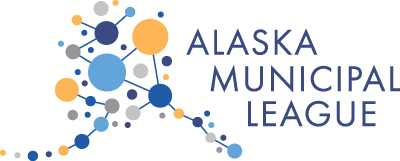As we prepare for the release of the Governor’s FY22 budget, it is worth reflecting on the last two years of budgets. One way to do this is to review the 240+ vetoes the Governor has made. Keep in mind that these came in three rounds. The first, after the FY20 budget, made severe reductions. Many of these were reversed by the Legislature. The second restored some level of vetoes that the Legislature had reversed; these stood. Then, the third round of vetoes came for the FY21 budget. These were released in the middle of the COVID-19 hunker down phase and to some extent in the belief that federal relief could be used to offset the reductions; the Legislature did not reconvene to try and restore funding for those expenditures it had included in its FY21 budget.
The Governor’s vetoes reflect 1) the fiscal situation the State finds itself in, and 2) the Administration’s priorities. The State’s continuing budget deficit was met the first year with a budget that featured significant cuts to the budget, cost-shifting to local governments, and preemption of shared revenues. Nearly $1 billion of the reductions or revenue claw back impacted local governments. The FY21 budget was a “status quo” budget, which left it to the Legislature to take action. Neither budget offered by the Governor significantly addressed revenues, other than to remove revenue from local governments; a lottery bill was offered this last year. In sum, the vetoes were made to make some attempt at reducing costs under the deficits the State faces.
But they also are directed at programs that reflect the values of the Administration, and its priorities. They were described as hard choices, and impacting a variety of stakeholders, but just as hard a choice would have been to address the State’s revenue shortfall. Instead, these vetoes were directed at social support systems that Alaskans rely on.
The FY22 budget may reflect this same prioritization. If we look at how vetoes were ascribed, they fall into three or four buckets.
Health and Social Services
- 38 of 240 vetoes affected public health programs, including behavioral and mental health
Local Governments and Schools,
- 38 vetoes applied to local governments, schools and the university system
Courts, Fish/Game Management, Transportation
- 24 vetoes were directed at limiting the capacity of courts or justice system
- 29 vetoes applied to management of fish and game in the state, or environmental monitoring
- 17 vetoes fell on DOT programs, specifically to either AMHS or rural road/airport maintenance
Administrative
- Mostly 50% travel reductions – 75 of 240 vetoes were 50% reductions to travel
With these vetoes in mind, it is reasonable to expect that a budget for FY22 would likely see continued reductions to these programs. It is important to note that 1) these reductions impact Alaska’s more vulnerable populations, including a focus on rural Alaska, 2) cuts and cost-shifting to local governments may result in increased taxation and/or loss of service at that level of government, and 3) decreasing the capacity of state government likely leads to less efficient administration of programs that remain. Many of these vetoes were made multiple times, reinforcing the Governor’s interest in these reductions, counter to the will of the Legislature.
Review of Vetoes – Vetoes Summary
